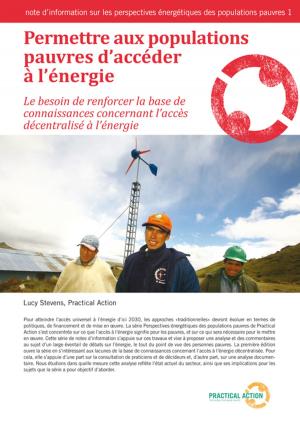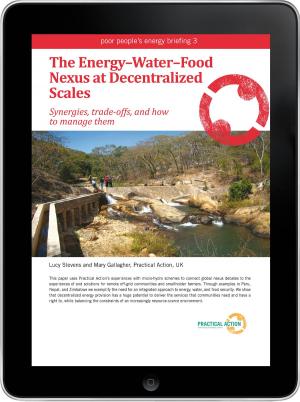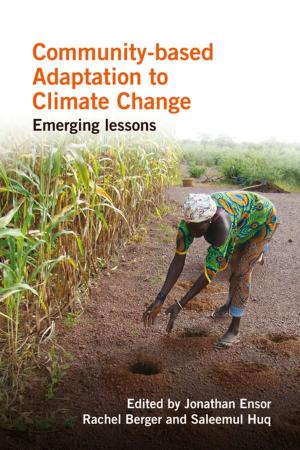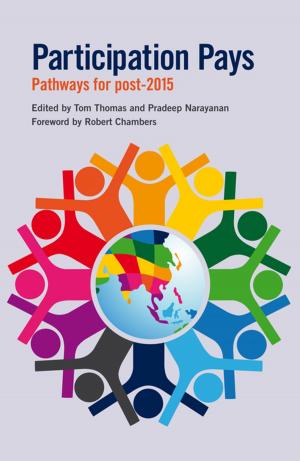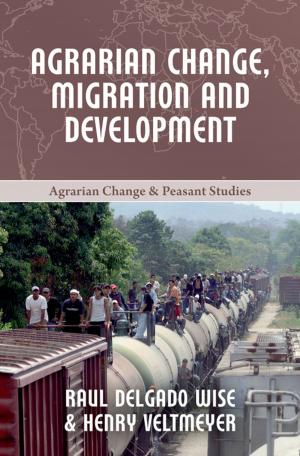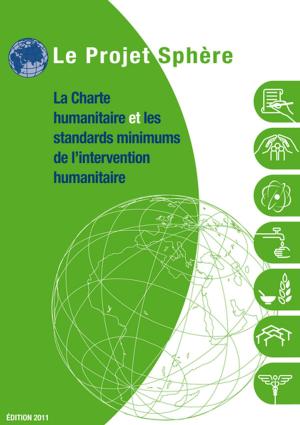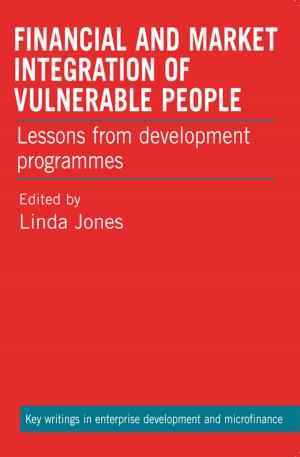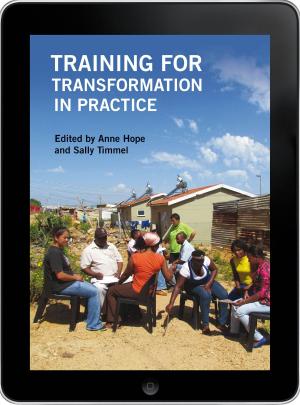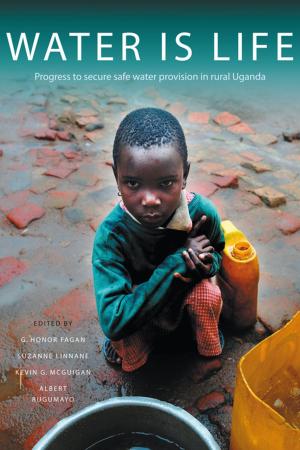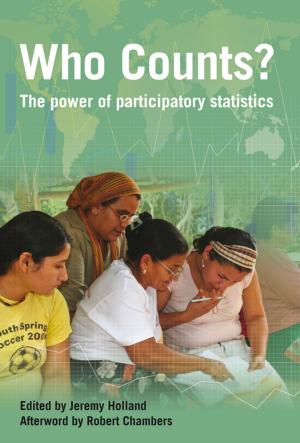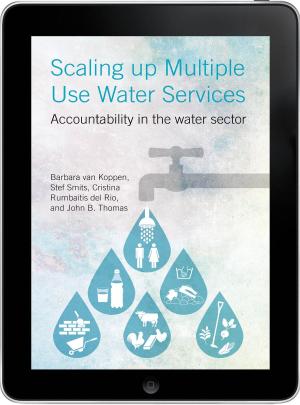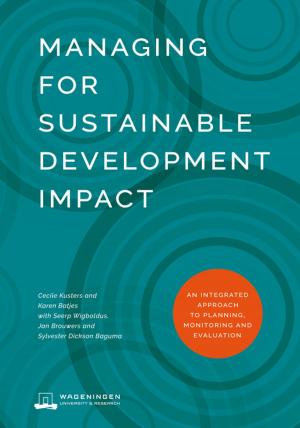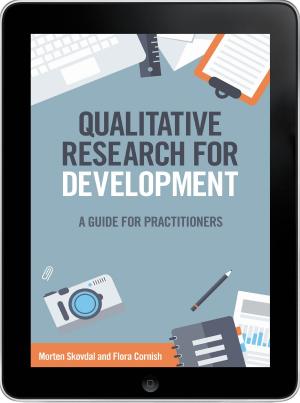Humanitarian Needs Assessment eBook
The Good Enough Guide
Nonfiction, Reference & Language, Reference, Social & Cultural Studies, Social Science| Author: | ACAPS, Paul Currion | ISBN: | 9781780448633 |
| Publisher: | Practical Action Publishing | Publication: | October 15, 2014 |
| Imprint: | Practical Action Publishing | Language: | English |
| Author: | ACAPS, Paul Currion |
| ISBN: | 9781780448633 |
| Publisher: | Practical Action Publishing |
| Publication: | October 15, 2014 |
| Imprint: | Practical Action Publishing |
| Language: | English |
What assistance do disaster-affected communities need? This book guides humanitarian field staff in answering this vital question during the early days and weeks following a disaster, when timely and competent assessment is crucial for enabling informed decision making. Needs assessment is essential for programme planning, monitoring and evaluation. In an emergency response, however, a quick and simple approach to needs assessment may be the only practical possibility – in other words, it needs to be ‘good enough’. This guide does not explain every activity needed to carry out an assessment, but it describes the assessment process, and provides a step-by-step guide through the process. It also contains a number of tools and resources that may be helpful when planning or carrying out humanitarian needs assessments. This guide is essential reading for field staff carrying out assessments after a humanitarian crisis; it should also be read by humanitarian policy makers, students, lecturers and researchers.
What assistance do disaster-affected communities need? This book guides humanitarian field staff in answering this vital question during the early days and weeks following a disaster, when timely and competent assessment is crucial for enabling informed decision making. Needs assessment is essential for programme planning, monitoring and evaluation. In an emergency response, however, a quick and simple approach to needs assessment may be the only practical possibility – in other words, it needs to be ‘good enough’. This guide does not explain every activity needed to carry out an assessment, but it describes the assessment process, and provides a step-by-step guide through the process. It also contains a number of tools and resources that may be helpful when planning or carrying out humanitarian needs assessments. This guide is essential reading for field staff carrying out assessments after a humanitarian crisis; it should also be read by humanitarian policy makers, students, lecturers and researchers.


